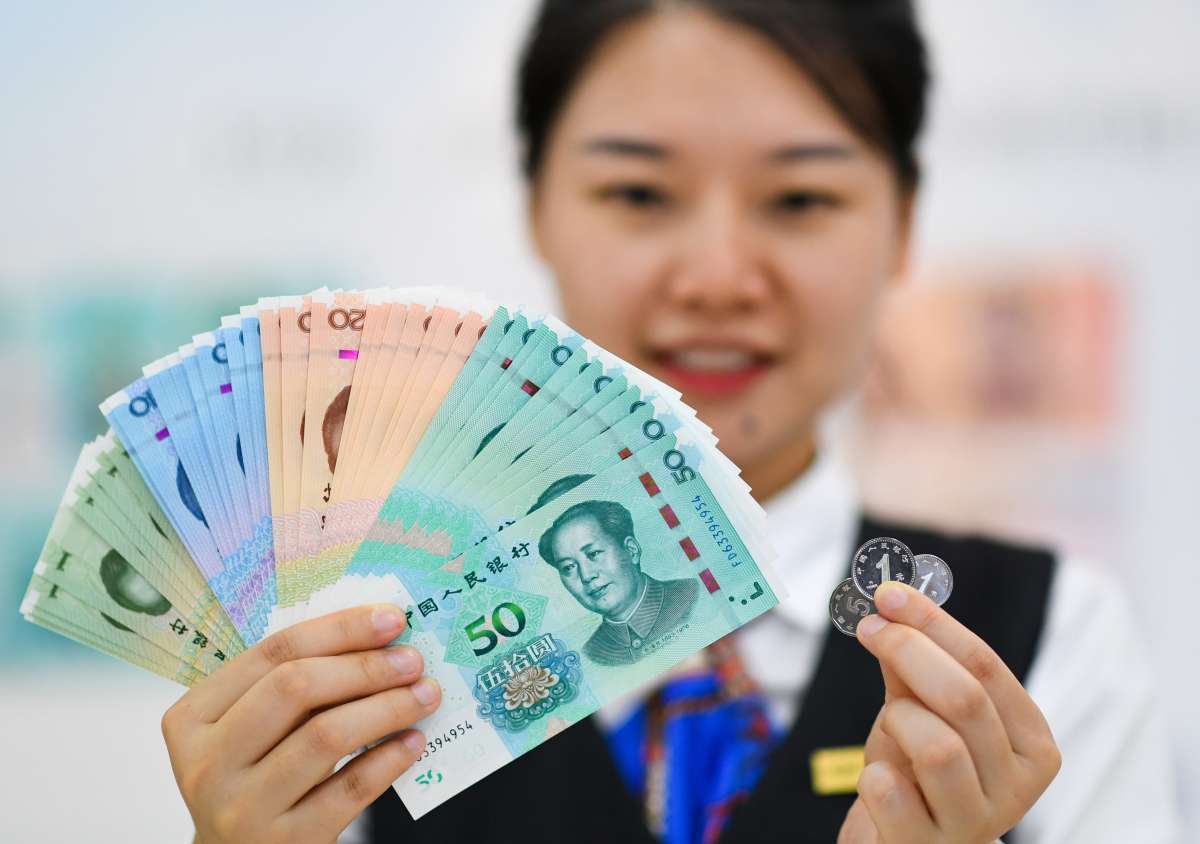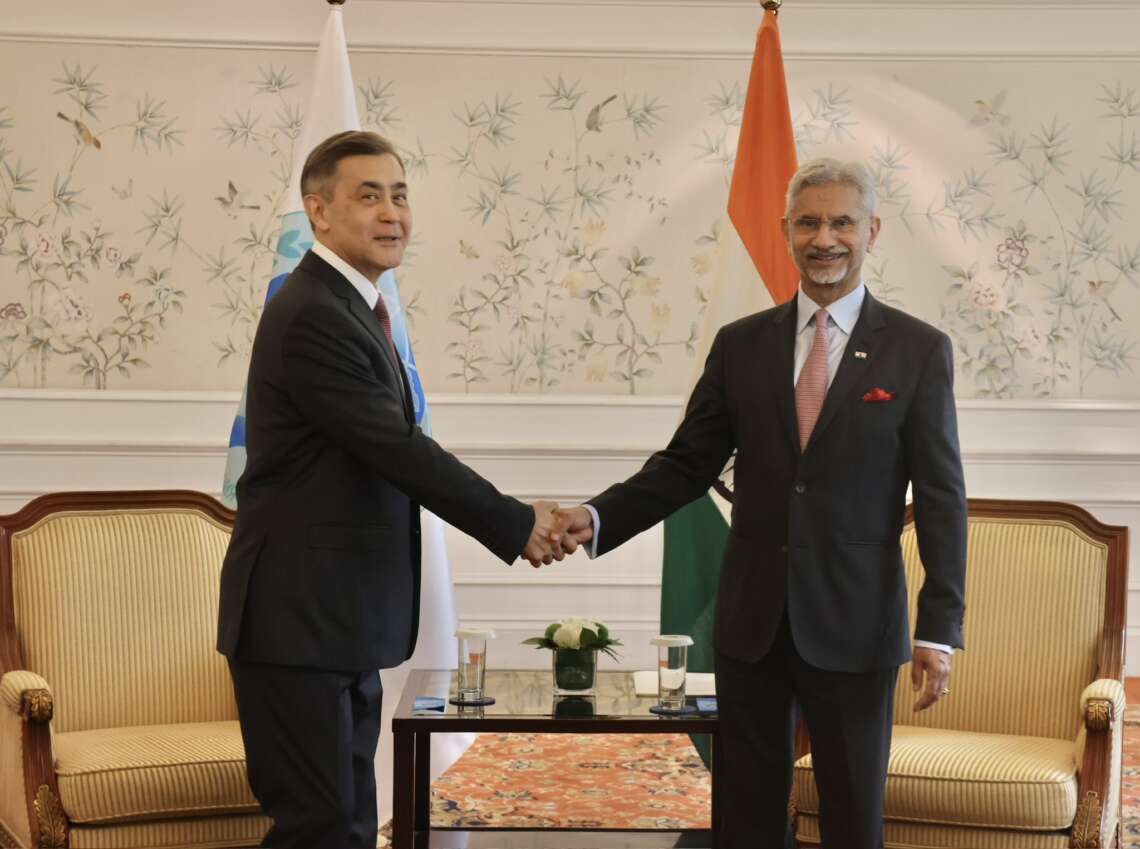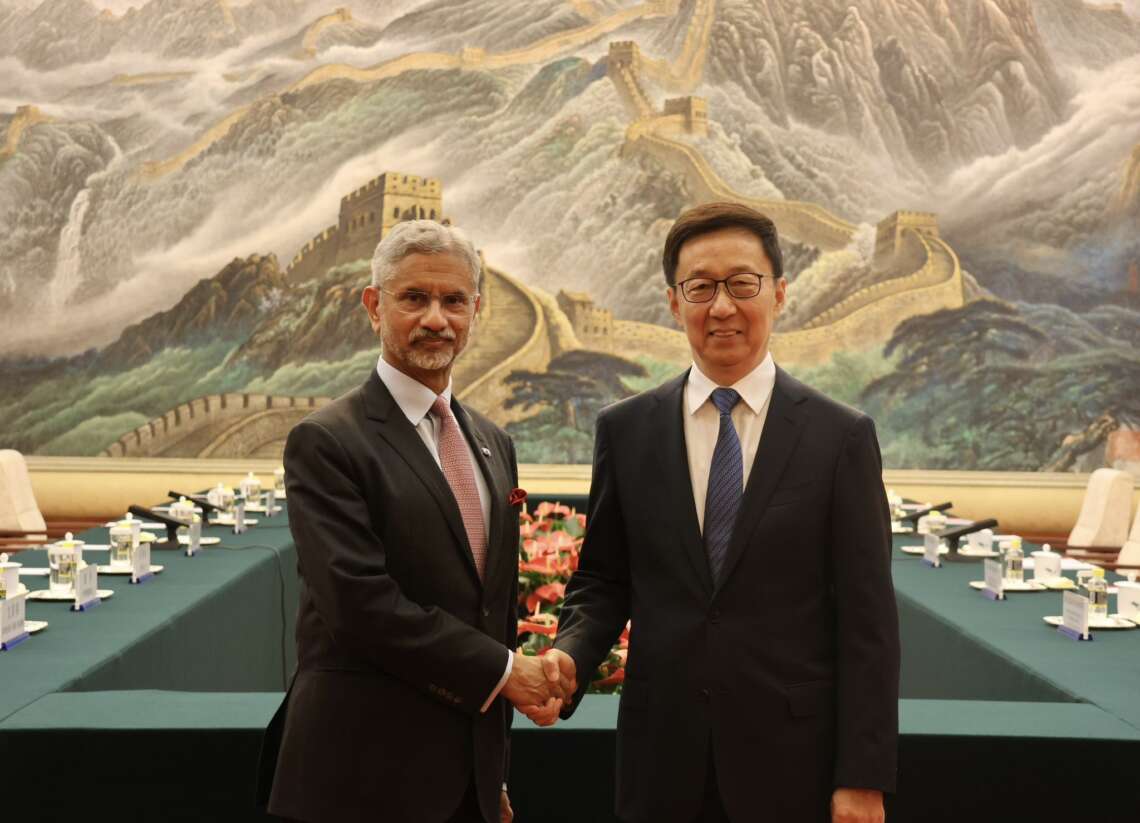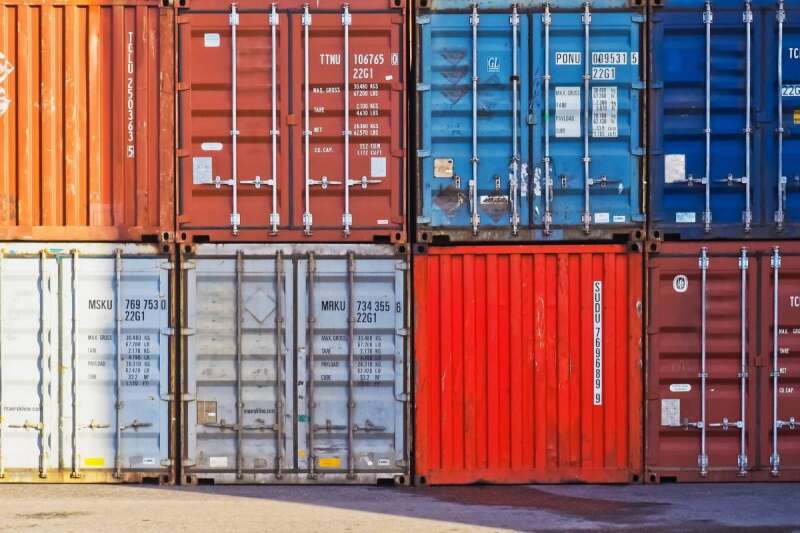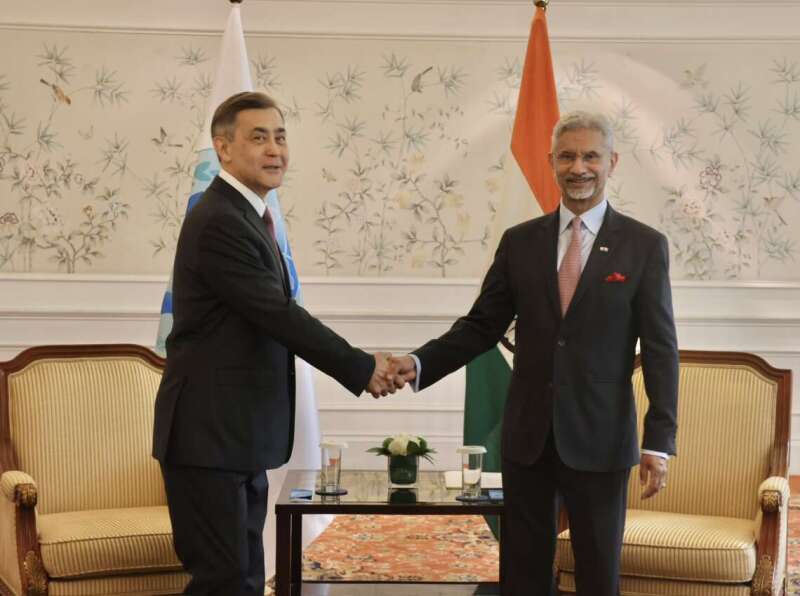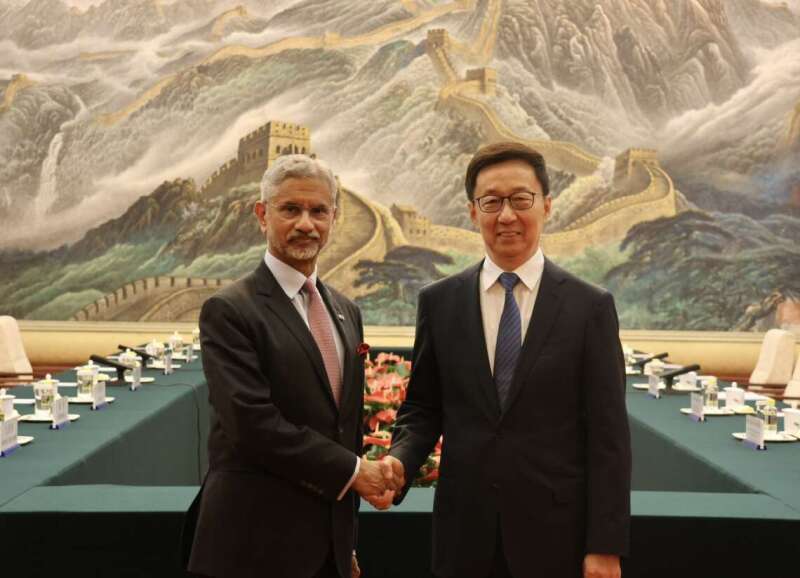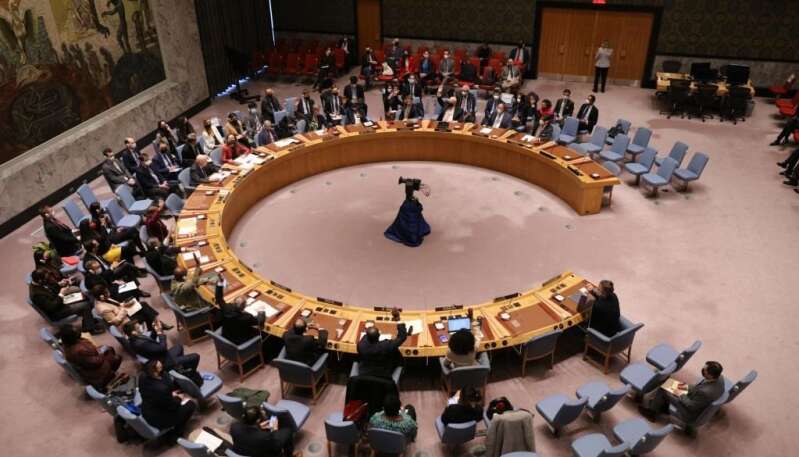The People’s Bank of China has not provided further stimulus after cutting banks’ reserve requirement ratio in March and guiding banks to lend more in the first quarter to spur growth…reports Asian Lite News
China’s new bank loans tumbled more than expected in April from the previous month, The Standard reported, adding that the development has further raised concerns regarding the economy’s recovery and regulators have called on banks to cap rates offered on some deposits from next week.
Financial institutions have offered new loans worth 718.8 billion yuan in the month, far below economists’ forecasts of 1.4 trillion yuan, The Standard reported, citing the People’s Bank of China. The new loans were offered in comparison to 3.89 trillion yuan in March, as per The Standard report.
These were more than 645.4 billion yuan a year earlier, when Covid-19 lockdowns impacted the economy. Aggregate financing, a broad measure of credit, is now at 1.22 trillion yuan is also lower than the median estimate of 2 trillion yuan, as per the news report.
The People’s Bank of China has not provided further stimulus after cutting banks’ reserve requirement ratio in March and guiding banks to lend more in the first quarter to spur growth.
The development came after a notice revealed that China’s biggest state-owned banks were allowed to reduce the rates on so-called agreements and call deposits from next week, according to The Standard report.
The decision will help reduce their costs, giving them scope to lower loan rates and helping to fuel lending in the economy, as per The Standard report.
Pictet has estimated China’s economic growth to slow to 4 per cent per year on average in the coming decade due to the ageing population, deglobalisation and US restrictions on high tech, as per The Standard report.
Meanwhile, China’s National Bureau of Statistics (NBS) in March said that China’s post-Covid rebound got off to an unbalanced start, with the retail sales growth in the first two months of 2023 only matching the expected percentage and real estate investment falling further.
Industrial output was less impressive in the January-February period – expanding a slower-than-expected 2.4 per cent year on year. The retail sales rose in line with expectations at 3.5 per cent, on par with the same period last year.
According to China’s National Bureau of Statistics (NBS), in the first two months, the investment in fixed assets (excluding rural households) reached 5,357.7 billion yuan, up by 5.5 per cent year on year, 0.4 percentage points higher than that of the year 2022; the average two-year growth was 8.8 per cent.
“Specifically, the investment in infrastructure grew by 9.0 per cent year on year, that in manufacturing grew by 8.1 per cent, and that in real estate development declined by 5.7 per cent. The floor space of commercial buildings sold was 151.33 million square meters, down by 3.6 per cent; the total sales of commercial buildings were 1,544.9 billion yuan, down by 0.1 per cent,” the statement read.
“By industry, the investment in the primary industry went up by 1.5 per cent, that in the secondary industry up by 10.1 per cent, and that in the tertiary industry up by 3.8 per cent. The private investment went up by 0.8 per cent. The investment in high-tech industries grew by 15.1 per cent, of which the investment in high-tech manufacturing and high-tech services grew by 16.2 per cent and 12.3 per cent respectively,” it added. (ANI)


